
If you’ve been following my journey, you would probably see me wearing two types of watches. I love my Fitbit Charge 5, which I have worn to monitor my overall fitness and sleep for the last 5-8 years, and I use my Garmin Fenix 7 during my workouts. The problem is, when I join races, I only use my Garmin watch, and during regular days, I use my Fitbit.
This leaves a gap in the hours where my data is not being collected on my Fitbit. And since I’m a geek on these devices, I believe that the more complete the data collected, the more accurate the health assessment the product can give. So, this prompted me to give a fitness ring a try. Enter the Ultrahuman Ring Air.
At first, I was a bit skeptical about how such a small device could compare to the Fitbit. During the first few weeks, I constantly compared the results from my Fitbit with those from the Ultrahuman Ring Air. There were some differences, but as the weeks passed and more data was collected by the ring, I began to rely more on the Ultrahuman Ring Air than on my Fitbit.
After several software updates, the Ultrahuman Ring started to become more appealing to me, and I found myself gradually incorporating some of the feedback the device provided into my daily routine.
Design and Comfort
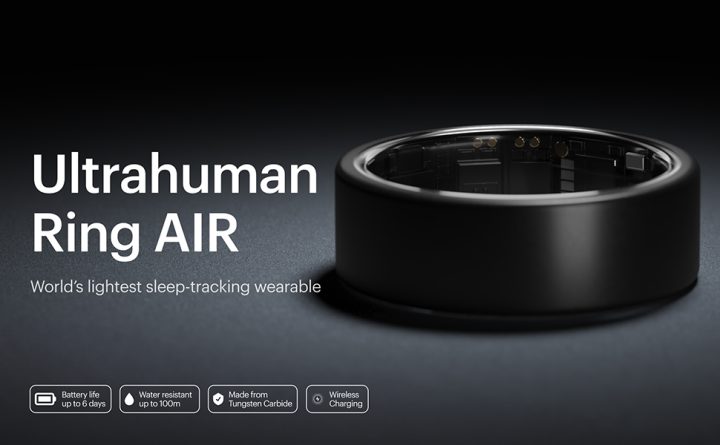
The first thing you’ll notice about the Ultrahuman Ring Air is its minimalist design. Crafted with lightweight materials, it feels almost non-existent on your finger, making it perfect for all-day wear. The ring’s aesthetic appeal is undeniable, seamlessly blending with both casual and formal attire. Despite its compact size, it boasts impressive durability, surviving the rigors of daily workouts and the occasional bump against hard surfaces.
Key Features
Advanced Biometric Tracking
The Ultrahuman Ring Air excels in tracking a wide array of biometric data. From heart rate variability (HRV) to blood oxygen levels, it provides a comprehensive overview of your physiological state. Over the past four months, I’ve found the data to be incredibly accurate and insightful, especially in understanding my body’s response to different training regimens.
Sleep Analysis
One of the standout features of the Ultrahuman Ring Air is its advanced sleep tracking capabilities. The ring monitors various sleep stages, including REM and deep sleep, providing detailed reports each morning. It can now even monitor tosses and turns during sleep and detects your lowest heart rate. This has been instrumental in optimizing my sleep patterns, ultimately improving my overall recovery and performance.
Movement Score
The Movement Score is similar to tracking steps and overall movement. When I run, I use my Garmin, while my Ultrahuman Ring Air tracks the movement and steps I take. Since it’s just a ring, I don’t need to take it off during training, sleep, or social occasions. Thanks to its form factor, the ring now has 24-hour data on my movement and other metrics like HR, HRV, and skin temperature.
Even though the ring only tracks basic movements and lacks GPS capability, it can sync and grab information from other fitness devices like Garmin, Fitbit, Polar, or Suunto. This integration allows for a more comprehensive view of your fitness data.
Stress Rhythm Score
A new addition to the ring’s metrics is the Stress Score. It uses an algorithm to predict daily stress aligned with your Circadian Rhythm and gives you feedback on whether you are experiencing stress at the optimal times during the day. So far, I’ve been managing my daily stress relatively well, but I can imagine how this metric might look for someone exposed to a lot of stress every day.
Performance and Battery Life
The Ultrahuman Ring Air is not just a pretty piece of tech; it’s a powerhouse. Its performance has been consistently reliable, with real-time data syncing seamlessly to the Ultrahuman app. The battery life is another highlight, lasting up to a week on a single charge. This means less time worrying about charging and more time focusing on your fitness goals.
User Experience
The Ultrahuman app complements the ring perfectly, offering a user-friendly interface and detailed analytics. Over the past four months, I’ve appreciated the regular updates and new features rolled out by the Ultrahuman team, enhancing the overall user experience. The app’s intuitive design makes it easy to navigate through the plethora of data and glean actionable insights.
Do You Need One?
Now, the big question: Do you need to invest in a 21K ring? My answer is it depends.
It depends on how important tracking your health is to you. Fitness devices are designed to give you a baseline and a benchmark on where you are in your fitness journey. They provide feedback and triggers if things are going south and give early warning signs if your health is degrading.
I just like the idea of having a device that is small enough to collect and interpret my data accurately 24/7. For me, the investment is not just about seeing all my data in the green, but I hope that when the time comes, the device will give me a heads up when things are about to go red. So for me, the answer is YES.
Where to Get One Here in PH?
The Ultrahuman Ring Air is distributed by Wearables.ph. You can find more information on their website wearables.ph or via Instagram at @wearables.ph.
Let me know if you decide to get one; let’s be Ultrahumans together. Oh we also have an exclusive promo code, type in “PINOYFITNESS” and get P1500 off your Ultrahuman Ring Air.



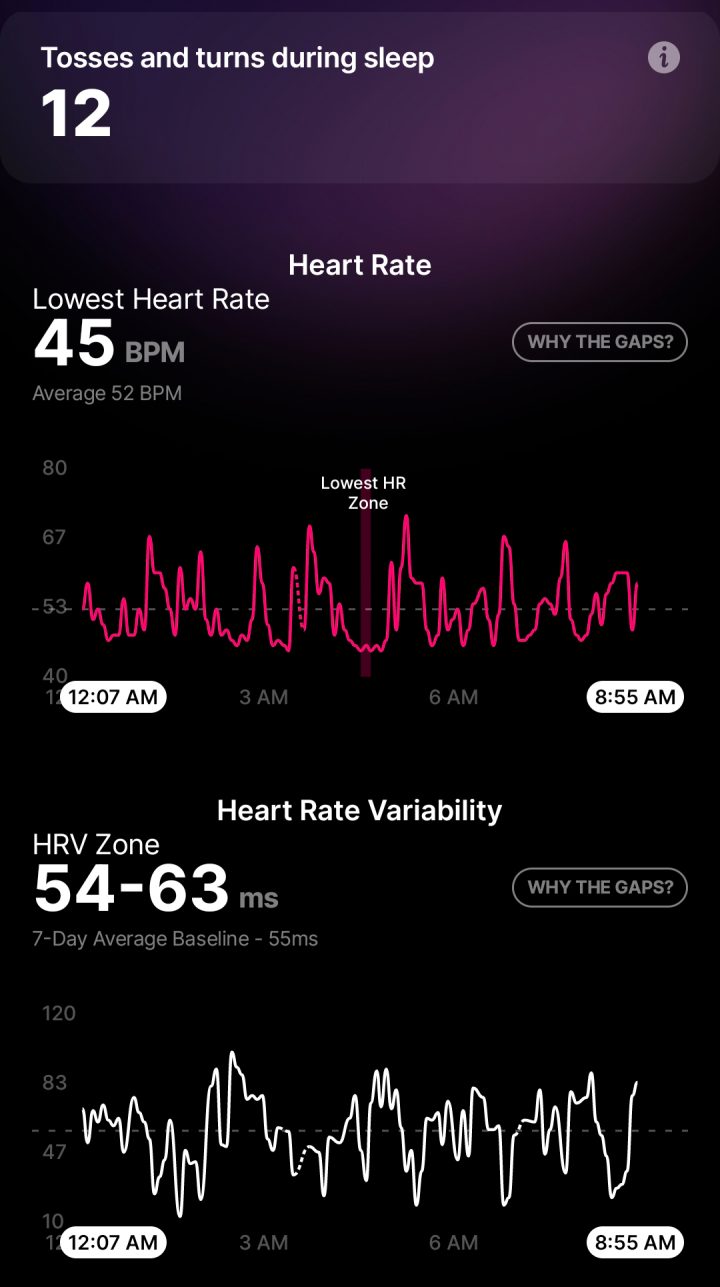
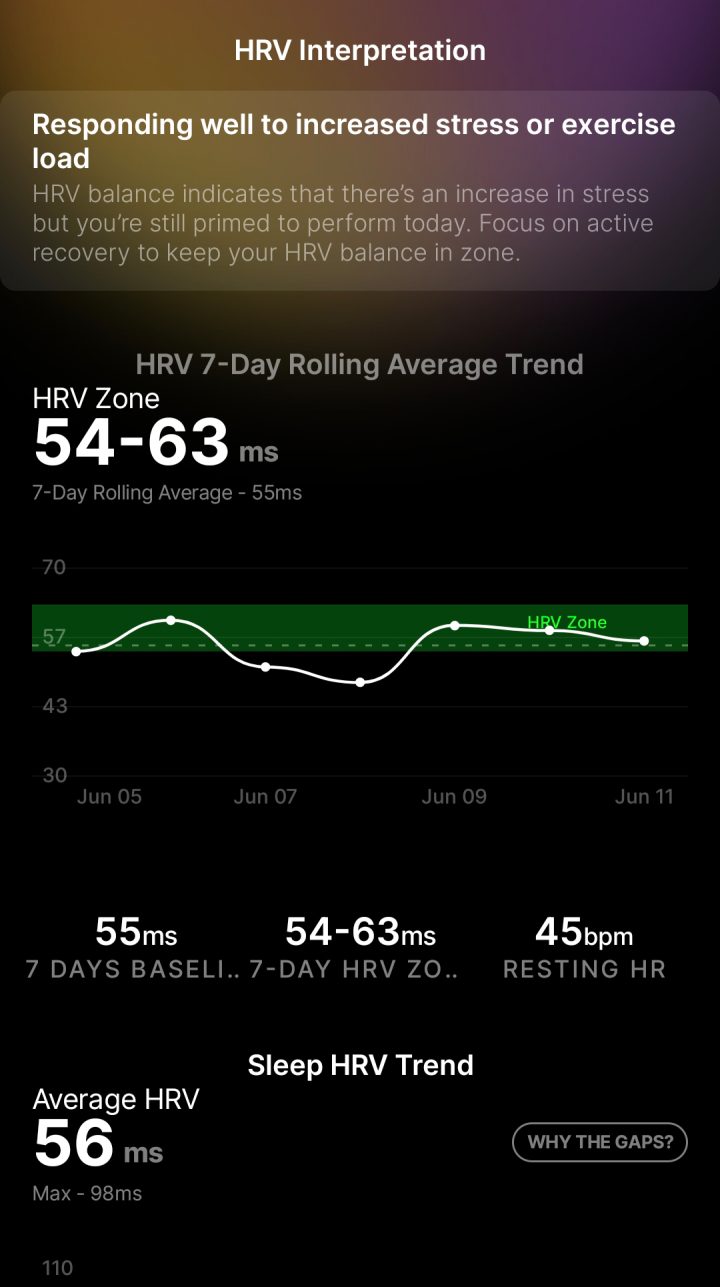
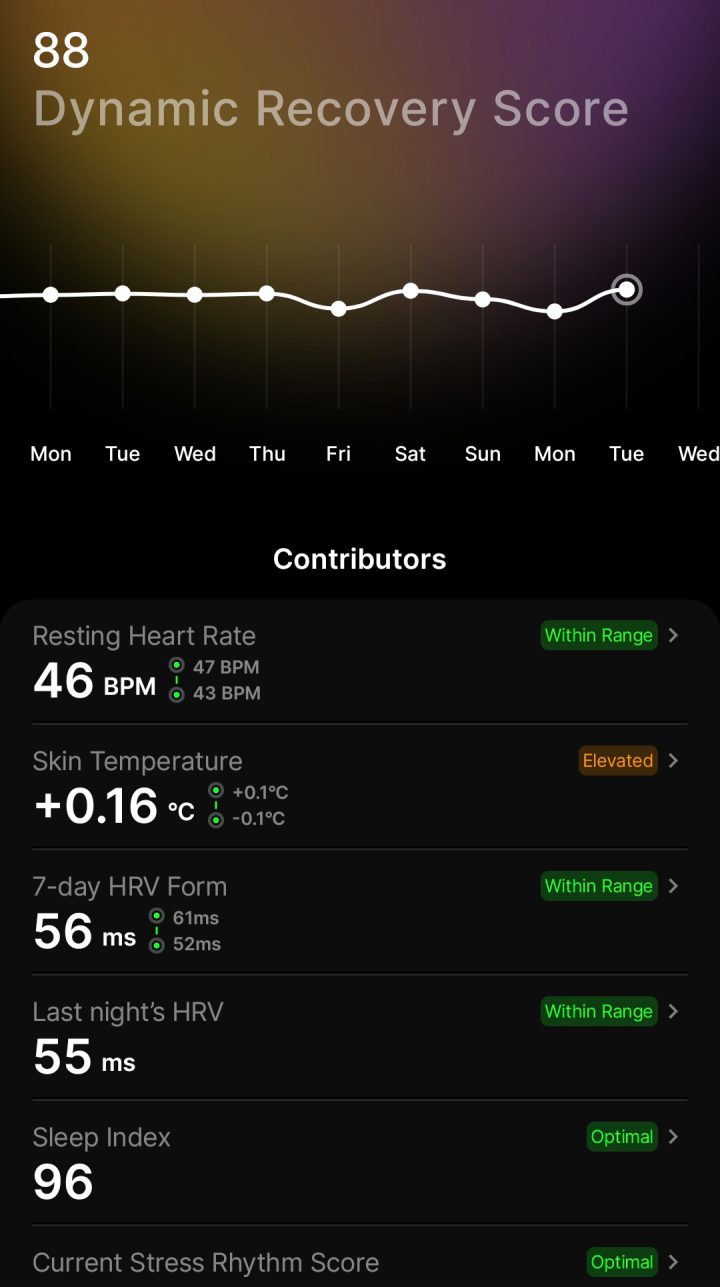
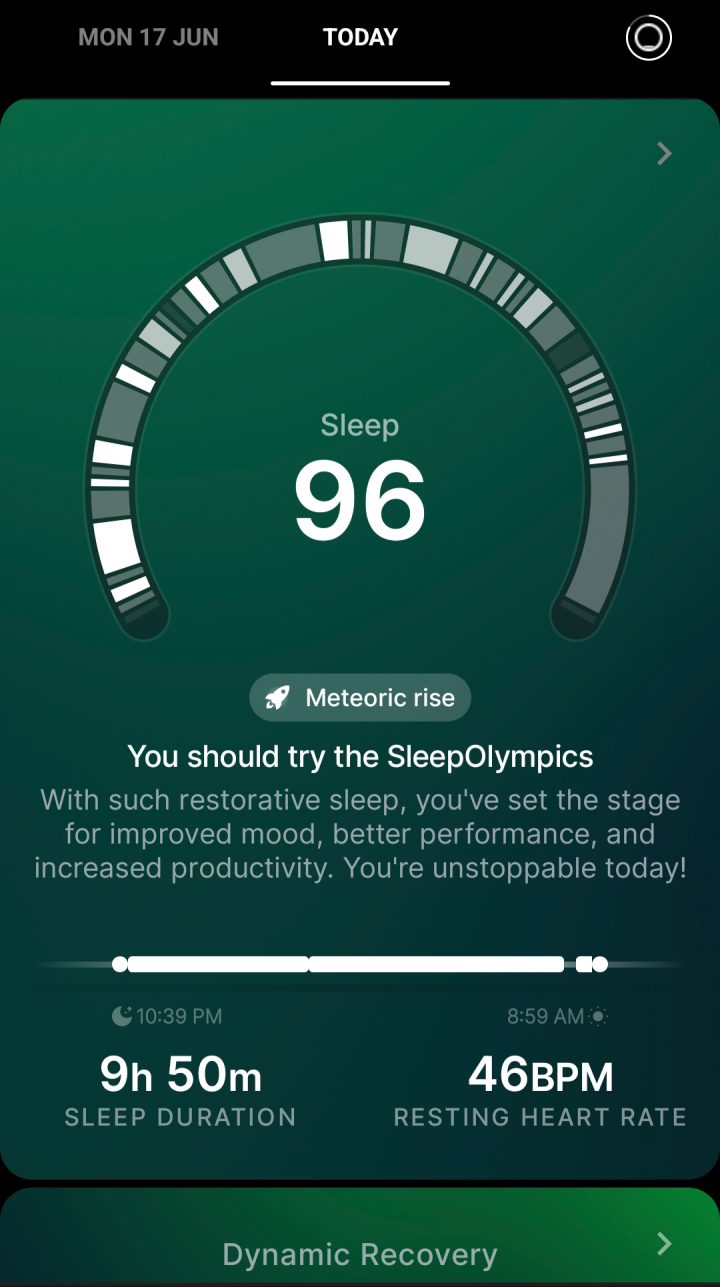
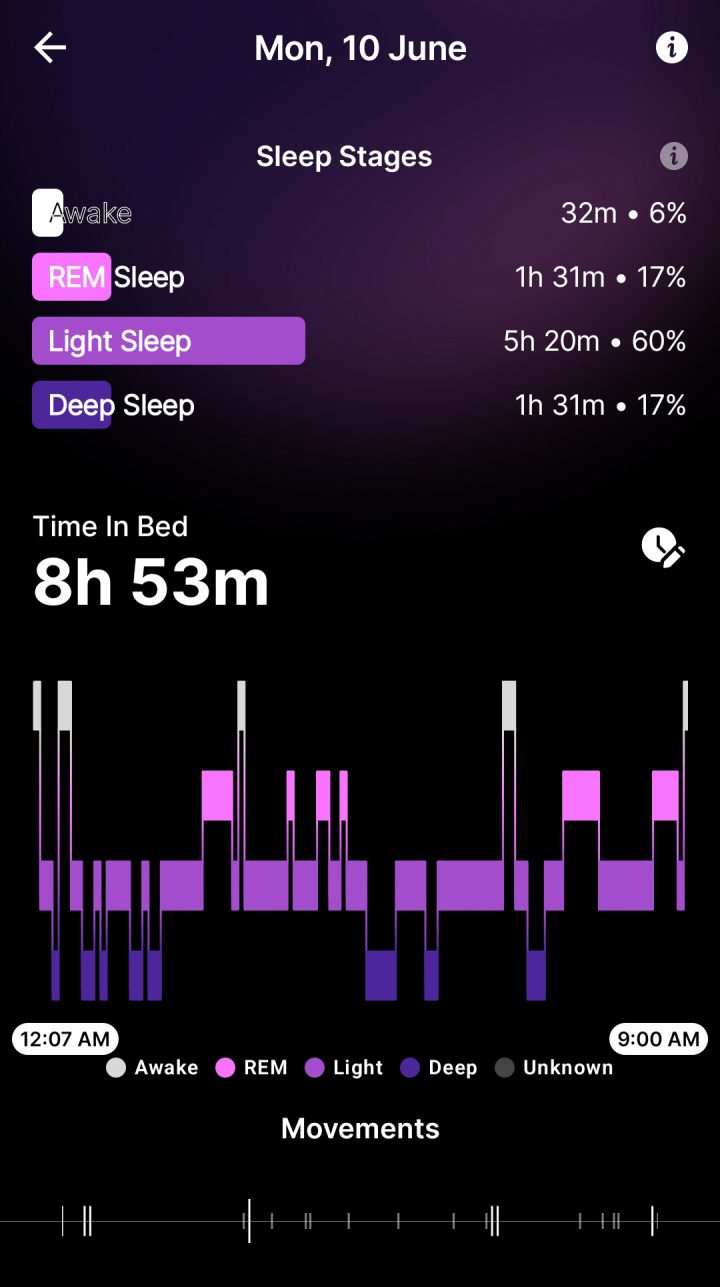
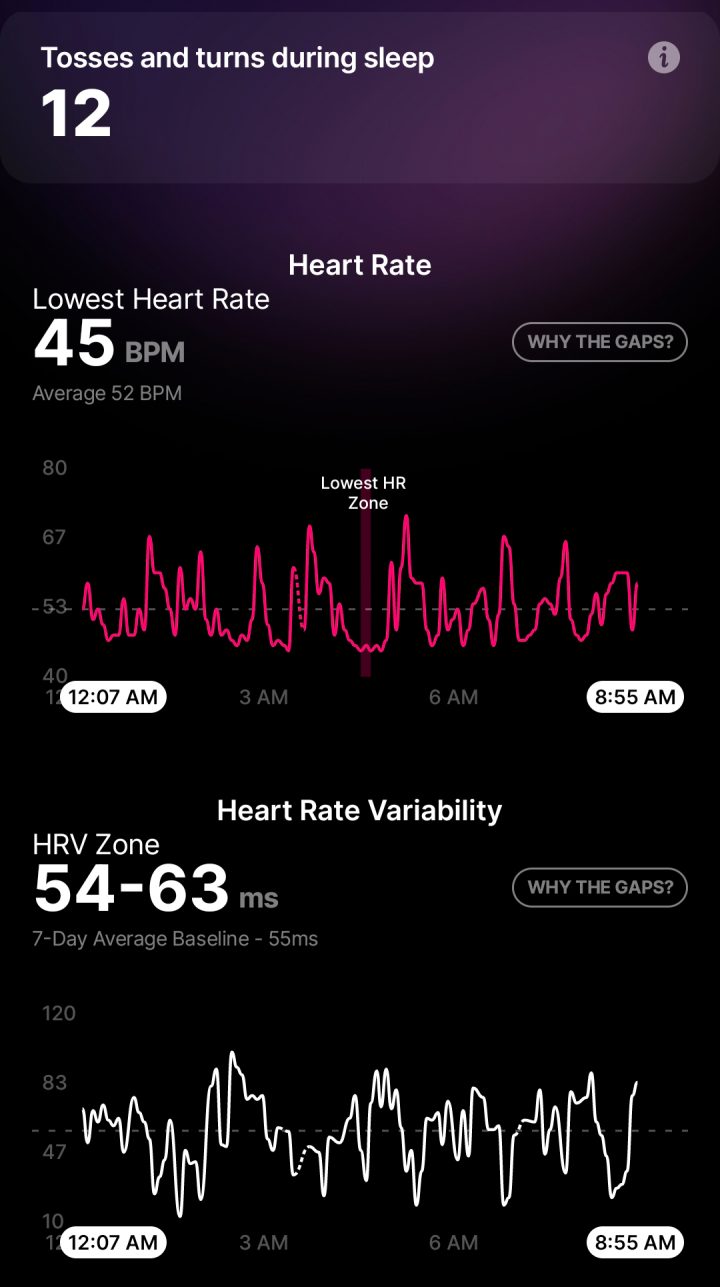

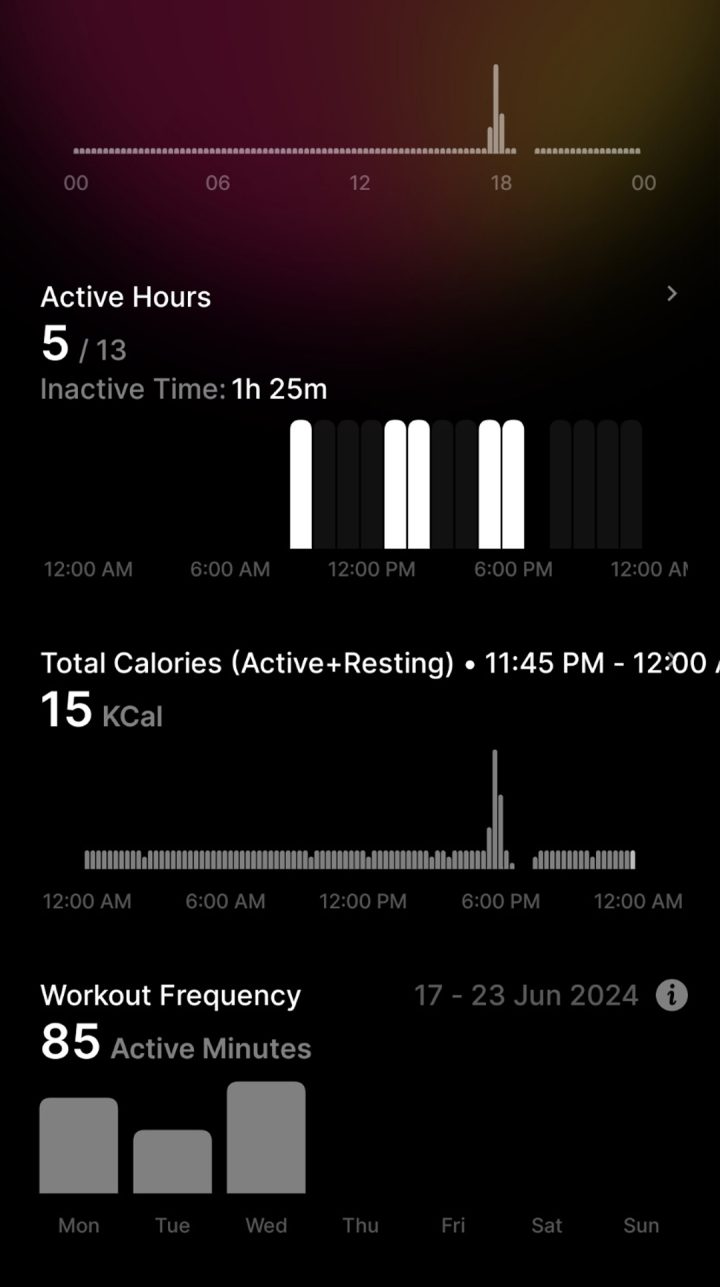
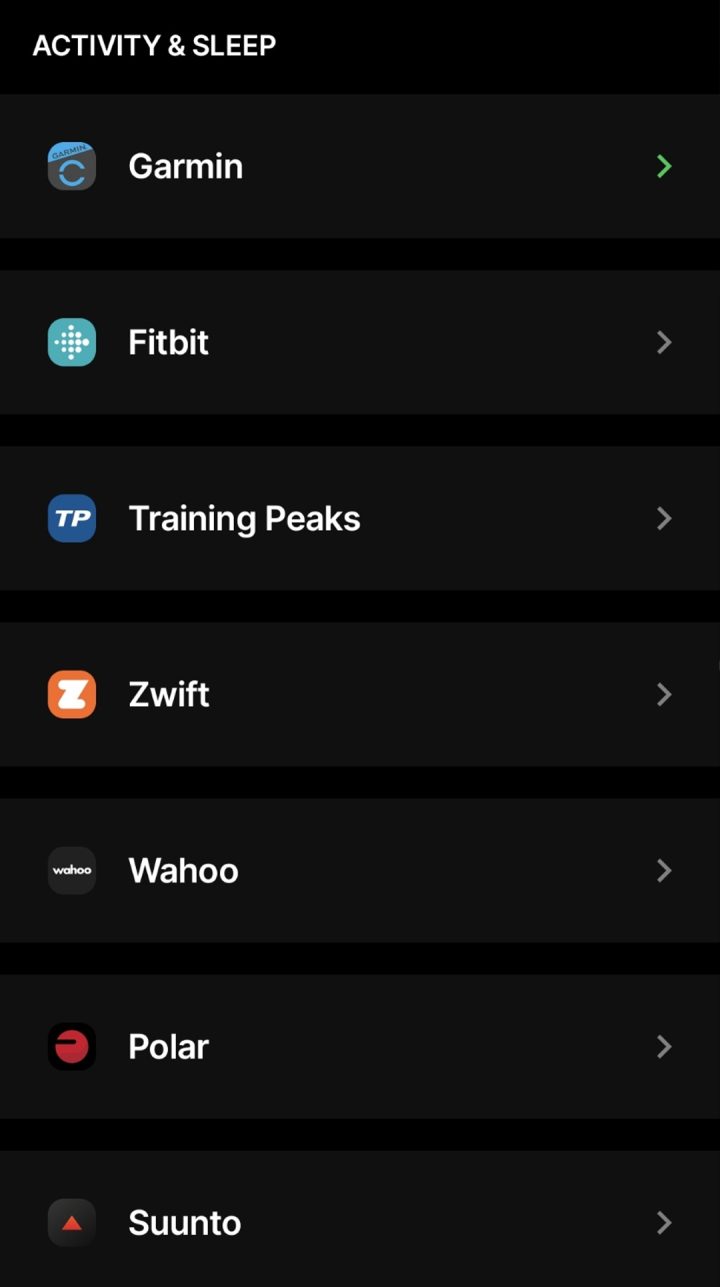
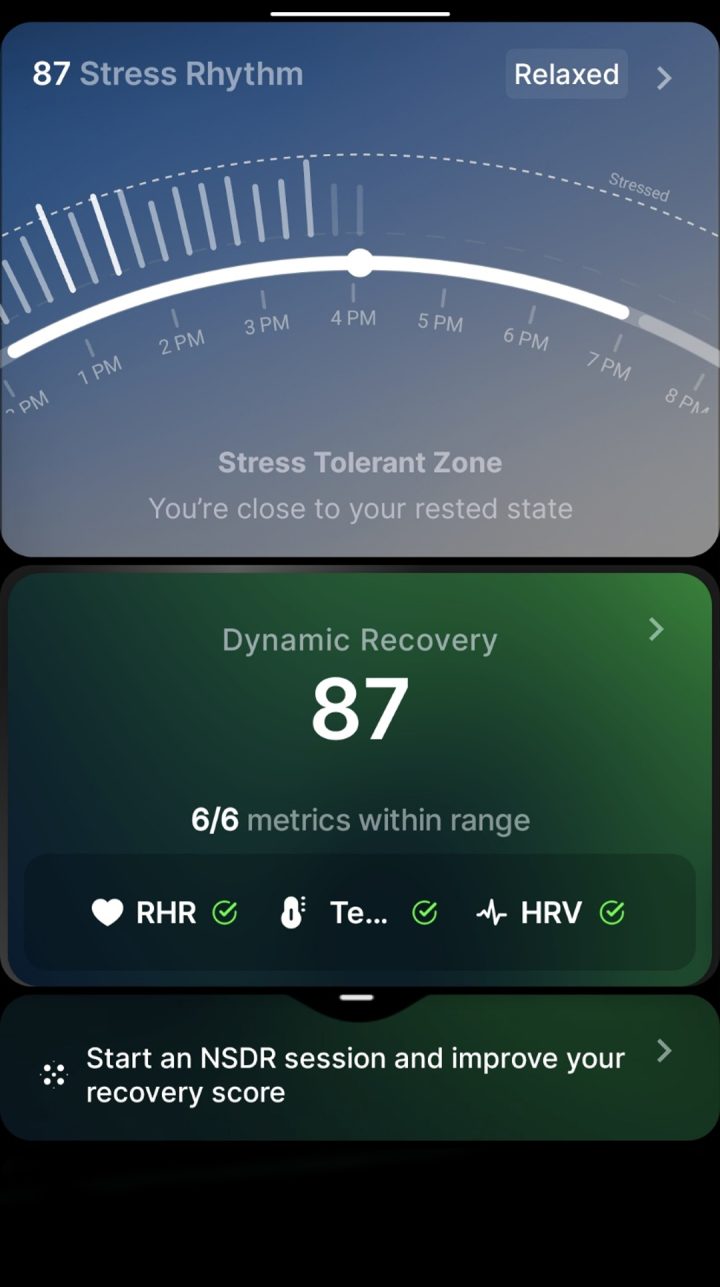
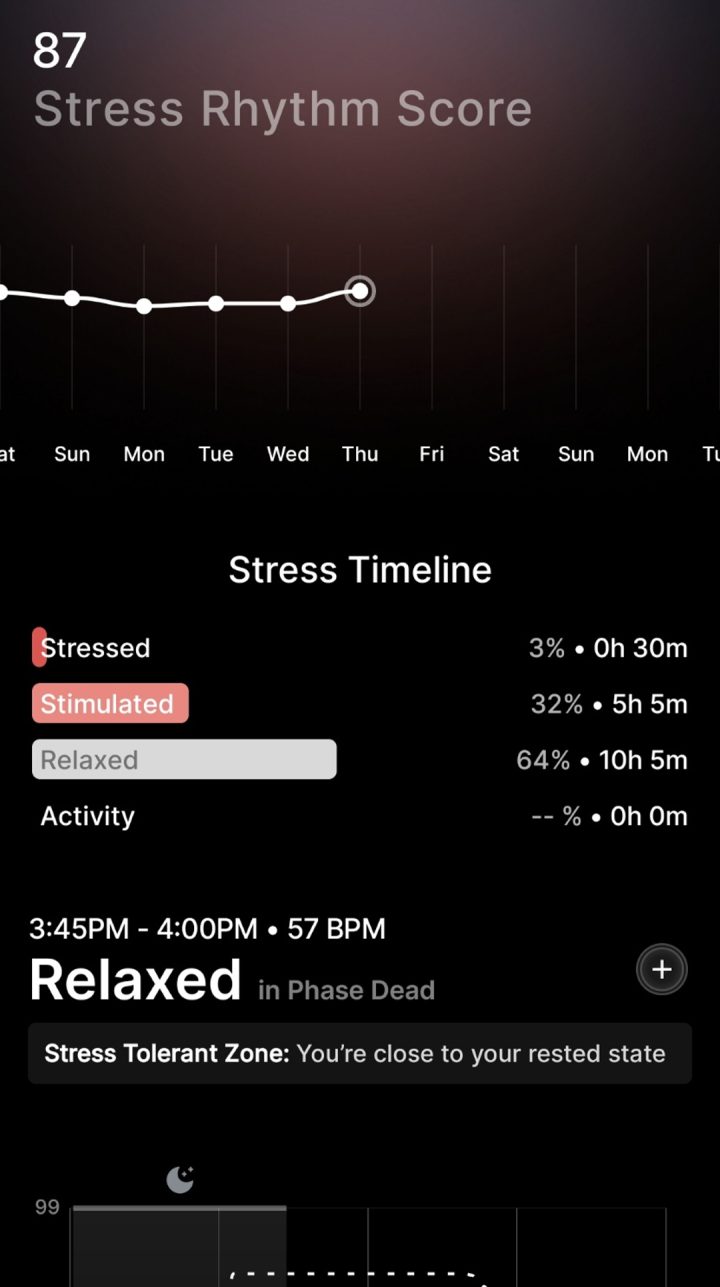
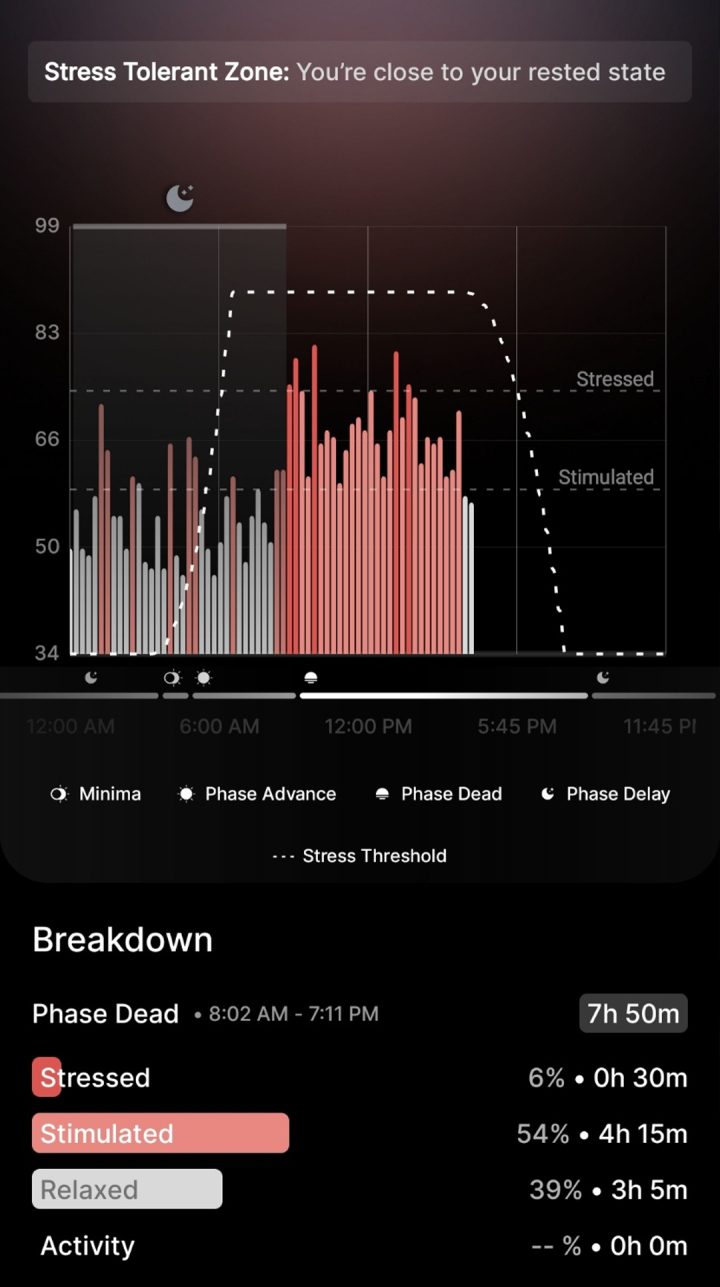
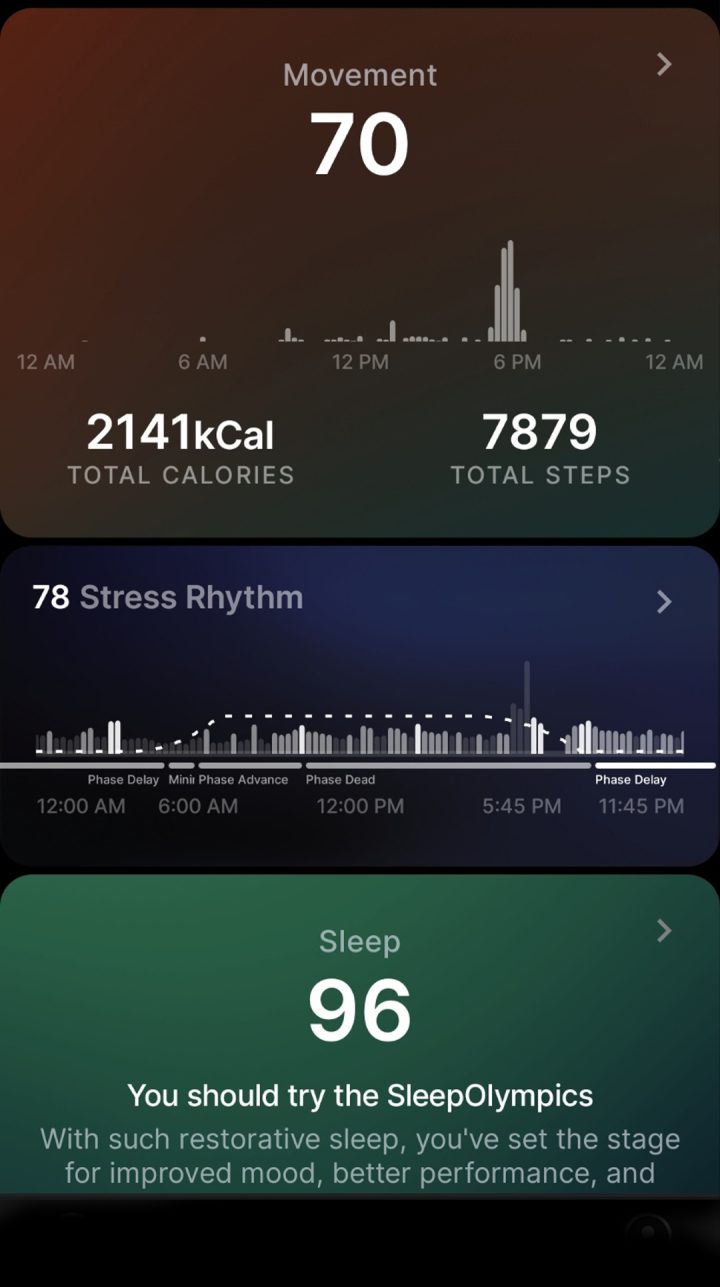
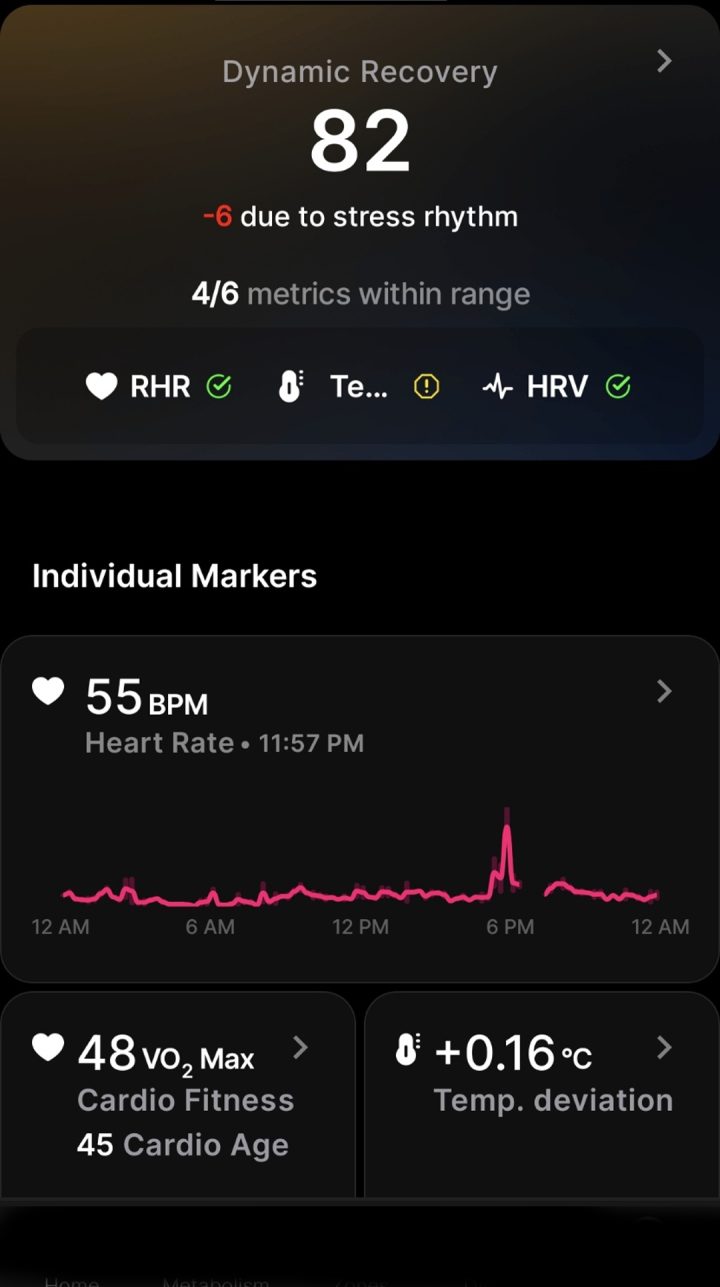
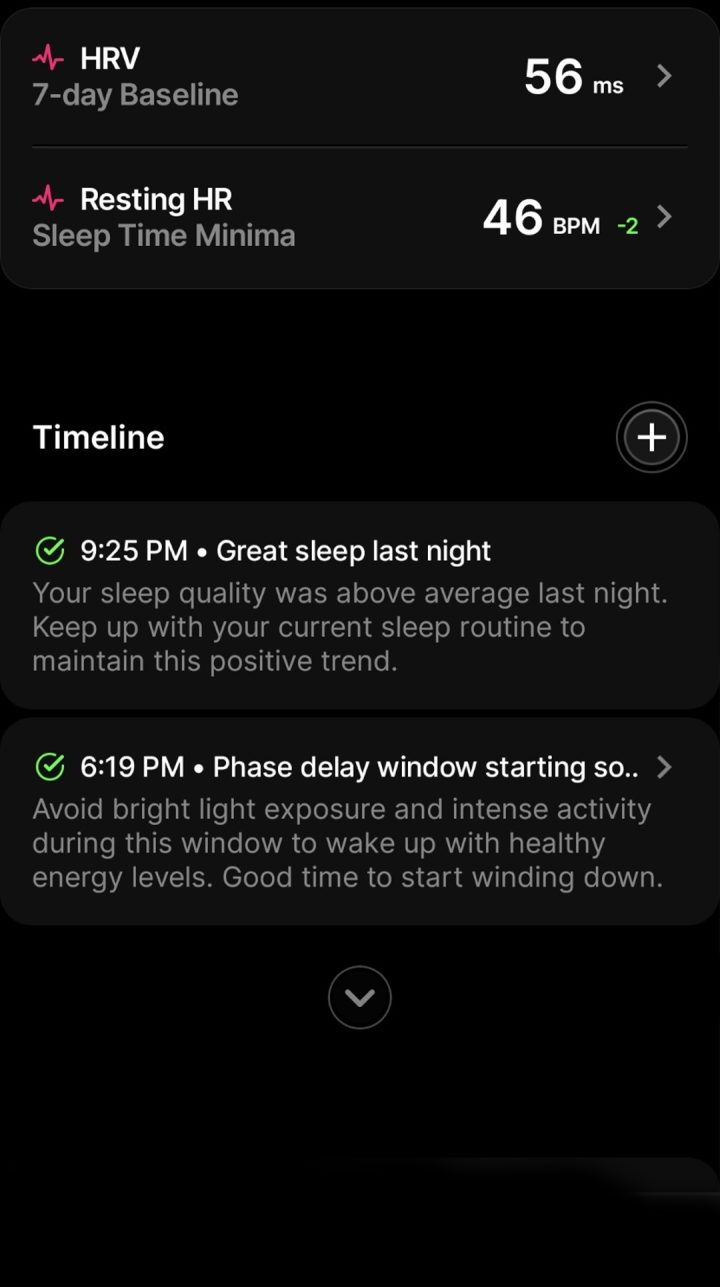





how much
Hi Yvonne – price range is from 21K – 23K